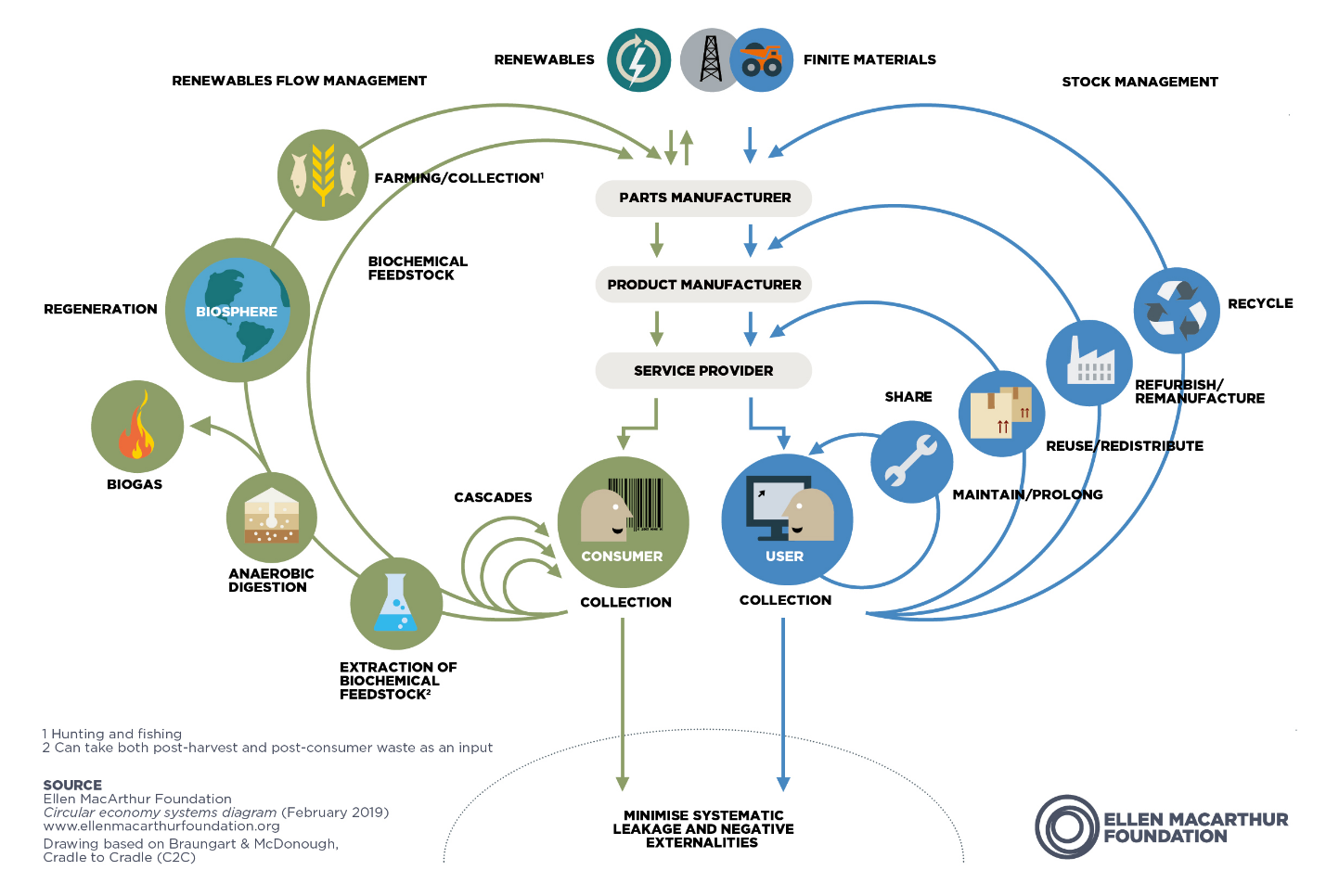Why Now Is the Time to Bring the Circular Economy to The Lighting Industry
There are countless reasons to being a deeper level of sustainability to the lighting industry. Climate change is here and is rapidly bringing devastating changes to our landscape and intensifying everything from our storm seasons to our droughts. The detrimental effects of manmade climate change are manifest and have filled countless volumes.
I’m not here to tell you about the moral reasons for us to bring the circular economy to lighting, I’m here to tell you the business case.
There are countless articles and solid definitions of “The Circular Economy” but essentially the goal of this model is to shift away from the endless extraction of natural resources to make new products that are ultimately put into a waste stream. Instead, it’s about finding ways to make sure the end of service for one product becomes the beginning of a new product. It’s about cross-pollination between industries, your byproduct becomes my building material.
The Business Case for a Circular Economy
The pandemic set off a reckoning for the global supply chain. Suddenly the well-oiled global machine of commerce ground down to something very close to a halt as containers were abandoned and ports clogged from lack of available workers.
The next wave of this issue has been the inflationary wave. It’s becoming increasingly expensive to pull virgin aluminum, steel, wood, and rare earth metals out of the ground. Perhaps tellingly, Apple started a program to take back old electronics to start the process of reclaiming the materials that go in iPhones, iPads, and MacBooks. They are recognizing that simple access to raw materials is one of their biggest challenges.
More than greenwashing
At the turn of the century, it was quite fashionable for major corporations to release Corporate Social Responsibility (CSR) statements. Some of these were simply greenwashing about doing “their part” for the environment and carried little weight.
However, studies have shown that over the last twenty years companies with higher CSR ratings have been shown to perform better this has led many corporations to embrace CSR in a deeper way, making environmental goals more concrete. One example is the sustainability policy of Coca-Cola (not traditionally known as a friend to the environment) setting aggressive water targets for its productsom/sustainable-business for 2030.
Now imagine the major global corporations, medical groups, and even real estate developers who are committing to sustainability, and the lighting industry NOT servicing them. LEED was the start, the next wave will be looking at the embodied carbon of nearly everything we do. It’s a heavier lift because there isn’t an easy technical solution (such as improving the efficacy of LEDs) but this is the next great challenge.
The Case for Hope
I’m not an engineer and I know that thinking in a circular fashion about how we create lighting fixtures in the future will not be a shift that takes place overnight. However, in the last week, I’ve had a few reasons for hope.
The first was a call I was lucky enough to sit in on with the GreenLight Alliance. For those not familiar, the GLA is an independent organization working with lighting manufacturers, designers, and suppliers to move toward a carbon-neutral circular model of production when it comes to lighting products. This starts with understanding the embodied carbon footprint of typical luminaires, once we have benchmarks we can start (as an industry) to move toward reducing that embodied carbon footprint, if not completely eliminating it.
Then I came across a link to an upcoming conference being held by the DLC, where the opening topic is embodied carbon. If an organization like DLC which did so much to spur innovation around efficacy is starting to think seriously about embodied carbon, you could see the industry radically change as market-based incentives drive innovation.
Ruairidh McGlynn presenting Stoane lighting fixtures in person, while discussing sustainability and the circular economy with the remote team.
And lastly, this week I made a couple of presentations with my designers of Stoane Lighting. Sustainability and circularity are built into the fabric of what they do. It starts with designing a fixture that can be repaired and maintained, but also an ethos of reusing every bit of waste and turning them into viable products. The folks at Stoane are working to show us all what is possible when it comes to sustainable product design and moving toward a circular economy.
What you can do
Sign up with the GreenLight Alliance and get involved.
Start to discuss circularity and embodied carbon in your design work.
Book a presentation to discuss this concept.
Now is the time. It’s the challenge of our generation.




